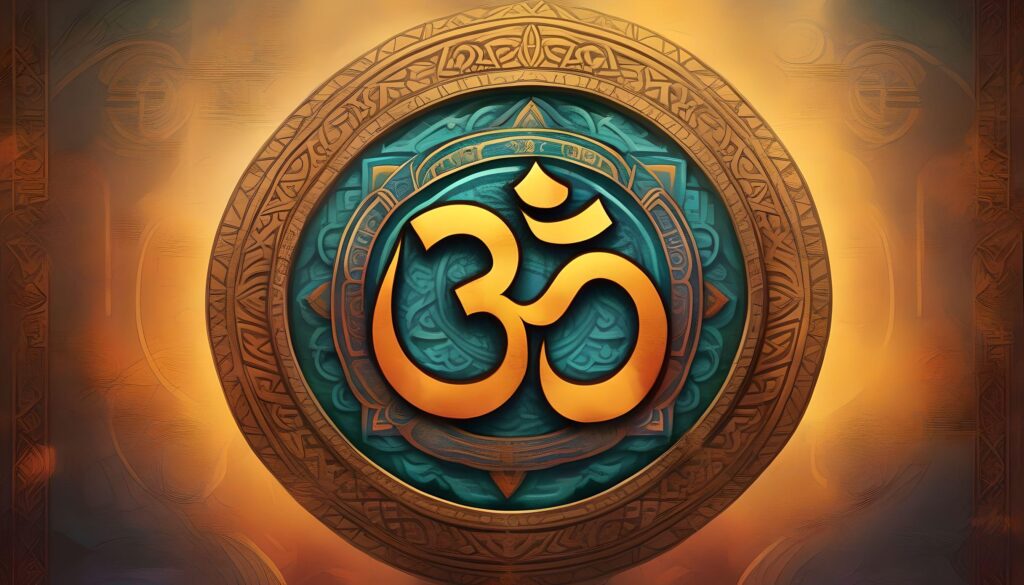Sanskrit language : Sanskrit in learning Hindu Scriptures
Introduction
Hinduism, an ancient faith, comprises an intricate web of sects, rituals, and doctrines that have exerted a significant influence on the cultural fabric of India. Notwithstanding its multifariousness, specific facets of Hinduism depend on the credibility of Indian religious texts—specifically, the Puranas, the Epics, and the Vedas. Sanskrit, the sacrosanct language of Hinduism, is among the most significant of these ancient texts for comprehending and interpreting Hindu scriptures.
Preservation of Ancient Knowledge
As per Hindu mythology, the language of the gods is Sanskrit. It has been instrumental in the transmission and preservation of primordial knowledge throughout the ages. The Vedas, Upanishads, and Puranas, seminal religious texts in Hinduism, were composed predominantly in the Sanskrit language. Through the study of Sanskrit, intellectuals and devotees are able to engage with the ancients’ wisdom and gain direct access to the original texts.
Precision and Specificity
Sanskrit is widely recognized for its meticulous construction and rigid structure. The intricate articulation and correspondence of metaphysical and intellectual notions present in Hindu texts are made possible by the language’s extensive vocabulary, strict pronunciation criteria, and intricate grammar. By virtue of its grammatical structure, Sanskrit permits a precise interpretation of the scriptures without compromising the ancient sages’ original intent.
Etymology and Root Meanings
An extensive etymological heritage characterizes Sanskrit, in which words derive from unique root phonemes and connotations. Gaining knowledge of the etymology and origin of Sanskrit terms provides access to concealed meanings and symbolic depths within the scriptures. Frequently, words possess substantial philosophical or spiritual implications, which provide more profound understandings of the doctrines upheld in Hinduism. By deciphering the hidden connotations of words, one can attain a more holistic comprehension of Hindu philosophy.
Interconnectedness of Concepts
Hindu scriptures frequently communicate interrelated ideas, wherein a solitary phrase encompasses numerous facets of significance. Sanskrit’s extensive lexicon and adaptability facilitate the investigation of these correlations. Through meticulous examination of word usage, contextual cues, and connected verses, Sanskrit scholars reveal the complex web of ideas woven throughout the scriptures. The fact that Sanskrit acts as a conduit between disparate concepts exemplifies the all-encompassing character of Hindu philosophy.
Preserving Pronunciation and Chanting
Sanskrit is essential for the preservation of the exact pronunciations of mantras, hymns, and melodies discovered in Hindu scriptures, in addition to its literary significance. It is believed that the proper utilization of pronunciation and intonation bestows spiritual vibrations and energy upon these noises. Through the study of Sanskrit, one can participate in exact recitation and chanting, thereby safeguarding the scriptures’ oral heritage and facilitating personal encounters with their profound influence.
Accessing Commentaries and Interpretations
A multitude of Sanskrit-language commentaries and interpretations of Hindu scriptures have been published throughout the years. These scholarly publications offer indispensable analyses, interpretations, and insights into the scriptures. An individual can acquire direct access to these commentaries through the study of Sanskrit, thereby expanding their horizons and facilitating comprehension of diverse viewpoints within the Hindu tradition.
Impact on Other Languages
The Sanskrit language has exerted a substantial impact on various Indian languages, including Hindi, which presently holds the status of an official language of India. Kannada and Malayalam are two Indo-Aryan languages that have been influenced by it. Sanskrit has exerted an influence on the Sino-Tibetan languages via the dissemination and translation of Buddhist texts. Due to its close relationship with Sanskrit, Telugu has adopted a significant number of words from the ancient language. Even the Chinese language has adopted certain Sanskrit terms. Thailand and Sri Lanka have also been profoundly impacted by Sanskrit, as evidenced by the presence of numerous words that bear resemblance in sound.
Preserving Cultural Heritage
Sanskrit serves as a repository of India’s cultural and intellectual heritage in addition to being a language. It is intricately linked with the cultural, religious, and traditional practices of India. The study of Sanskrit enables one to establish a profound connection with the cultural foundations of Hinduism and cultivate a more profound admiration for its rituals, conventions, and intellectual principles. By means of Sanskrit, one can comprehend and safeguard the continent of India’s abundant cultural legacy.
Conclusion
Sanskrit, the historic language of Hinduism, plays a crucial role in the comprehension and interpretation of Hindu scriptures. It has been instrumental in the preservation of ancient knowledge, the facilitation of precise expression, the disclosure of concealed meanings, and the maintenance of the interdependence of concepts in Hindu philosophy. The impact of Sanskrit transcends the borders of India, exerting its influence on various languages and cultures. The ongoing evolution and dissemination of Hinduism underscore the enduring significance of Sanskrit in safeguarding the cultural abundance and distinctiveness of this antiquated tradition.
Through a comprehensive study of Sanskrit, one can acquire a profound comprehension of Hinduism, its doctrines, and the profound influence it has had on the course of human civilization. Sanskrit functions as an intermediary language, facilitating communication across generations and safeguarding the knowledge and insights of antiquity for the benefit of future scholars.








